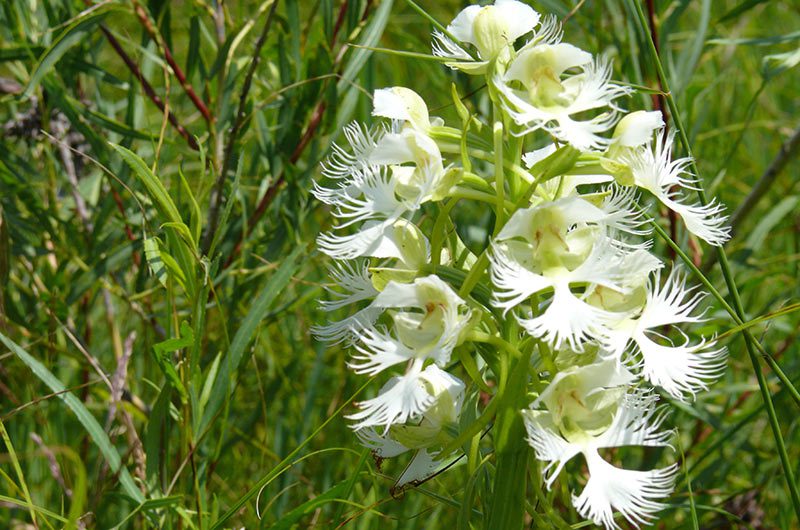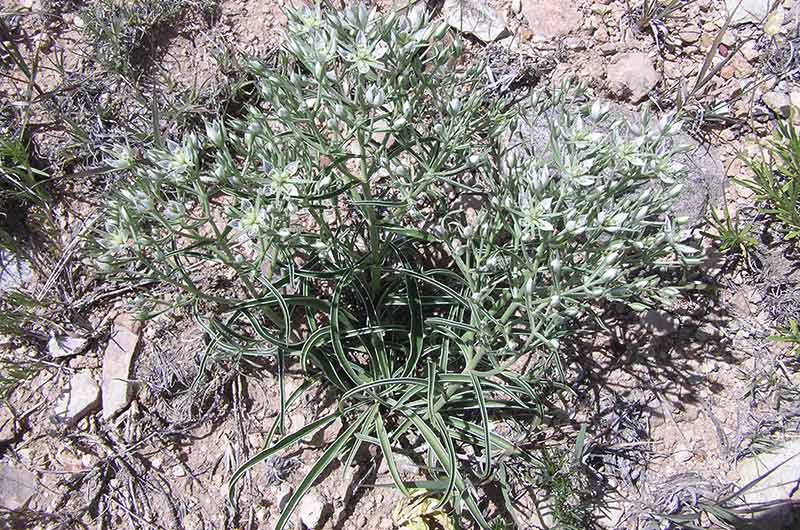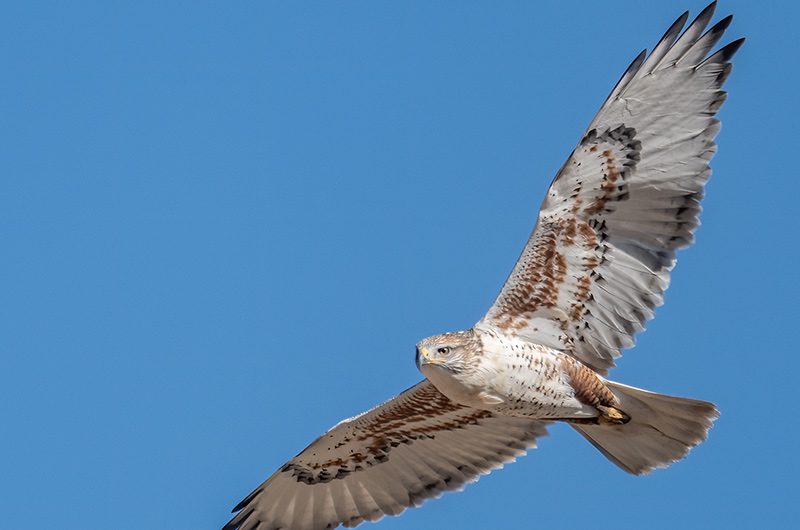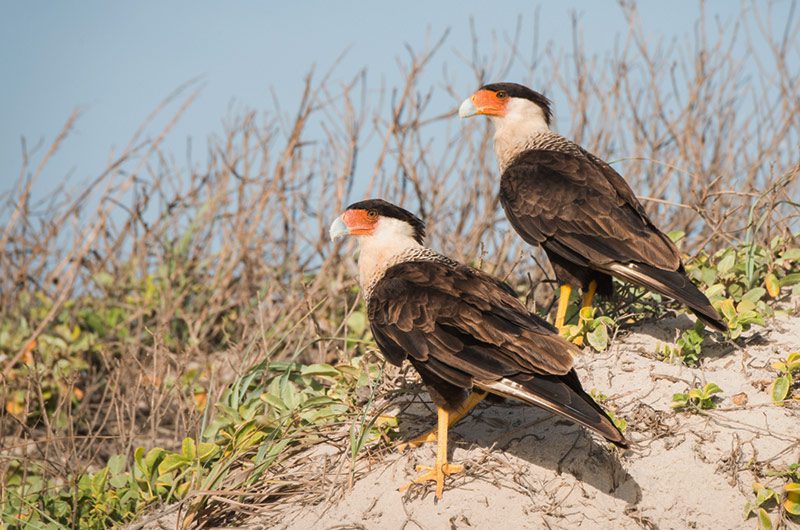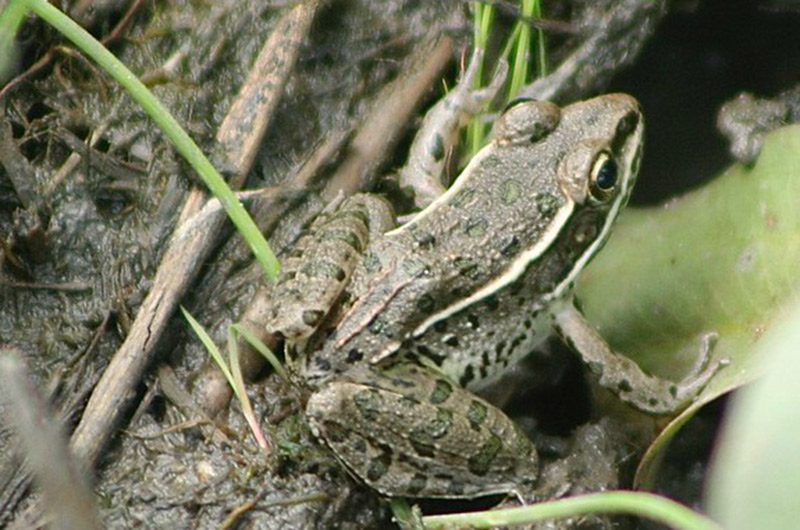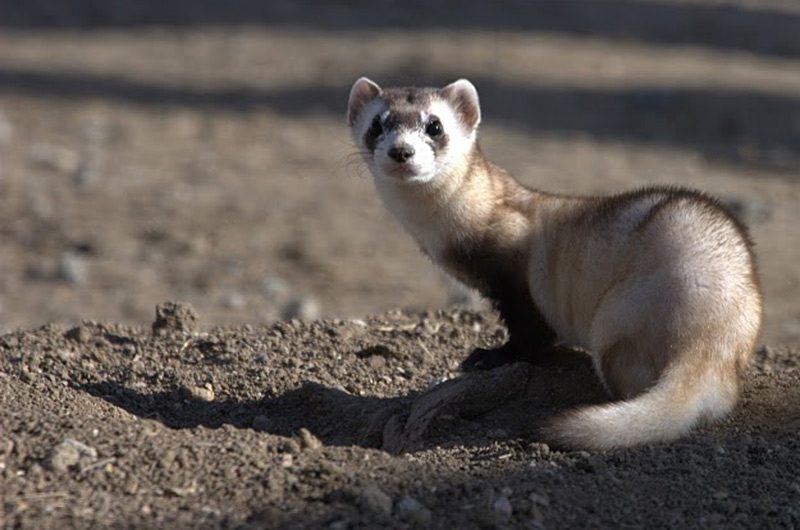LandPKS Learning
Habitat Hub
Factsheets and other helpful resources about the wildlife species living on your land (US only)
Great Plains White Fringed Orchid
The Great Plains white fringed orchid flowers produce a fragrant scent from the evening and into the night to attract pollinators. The species is pollinated exclusively by sphinx moths or hawk moths, whose proboscis length matches the length of the nectar spur of the orchid flower.
Read moreColorado Green Gentian
Colorado green gentian is a rather ordinary or drab looking plant compared to most gentians that are often showy with bright purple or blue flowers.
Read moreFerruginous Hawk
During the breeding season, Ferruginous hawk nests are not easily woven together for tree nesting, so they often build on the remains of pre-existing hawk or crow nests, or on the ground on a rocky outcrop.
Read moreCrested Caracara
At times, two crested caracaras will pair up to take on larger prey, like rabbits. When a caracara feeds on roadkill, it is dominant over vultures, oftentimes scaring them away. They have flatter talons than most raptors allowing running on the ground more efficiently.
Read moreGunnison’s Prairie Dog
Gunnison’s prairie dogs are found in both montane and prairie habitats, yet mountain ranges separate portions of their range, preventing individuals from moving between montane and prairie habitats.
Read morePlains Leopard Frog
Females lay up to a few thousand eggs from spring to early fall in temporary or permanent water sources, including ponds, flooded areas, marshes, and sloughs, often in muddy water. Tadpoles that hatch early will become young frogs by summer, while those from later clutches spend winter as tadpoles and become frogs the following spring.
Read moreBlack-Footed Ferret
The black-footed ferret is the only ferret native to the Americas. They were once considered extinct in the wild until a small isolated population was discovered in Wyoming in 1981. In 1987, the last 18 wild ferrets were captured to establish a captive breeding program. Five hundred black-footed ferrets are now estimated to be alive in the wild, after reaching around 1,000 individuals at the end of the 2000s.
Read more
Mobile App | Data Portal | Knowledge Hub | Habitat Hub | Learning Collections | Blog | About | Contact | Support

